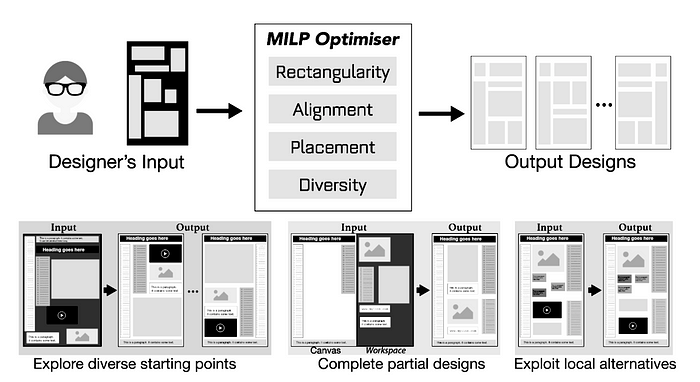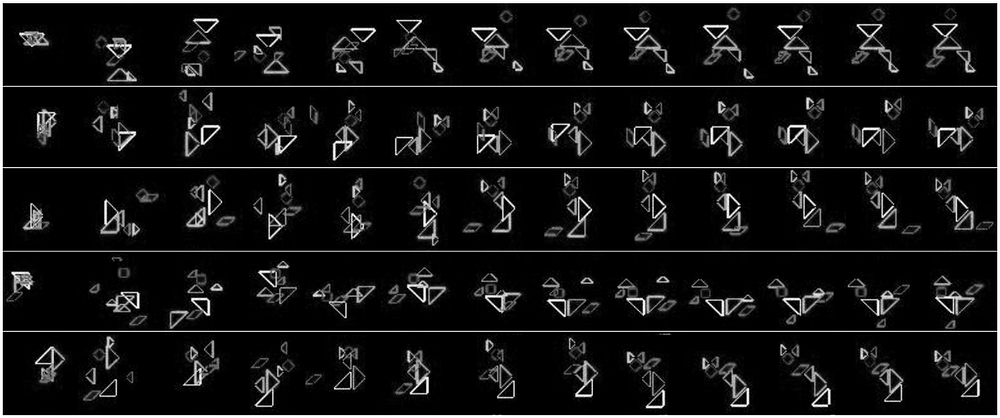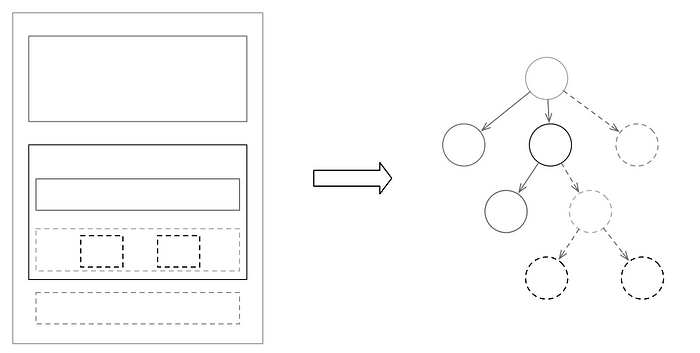Redesigning design practices alongside artificial intelligence

“AI design will allow creatives to concentrate on their real jobs.”
reportedly said Tim Cook, CEO of Apple. I was not able to certify the source of this quote, however, it poses a question:
What is the real designer job? Or, what would be the designer’s “real job” that Mr. Cook is referring to in the coming AI area?
I have practiced design in the digital field for many years now, and I have had the opportunity to observe how the defining aspects of my profession have changed over time. This was not only connected to the technical evolution of digital media, but it was also a reaction to an increasing responsibility that designers gained in a convoluted professional environment, as well as the higher impact of their design decisions.
Our tools define our practice
Digital design tools also have followed an exponential evolution path. Looking backward, softwares used by the designers within the digital fields were the same as those in traditional graphic design. Recently, they have become more specific, with deeper integration into digital workflows and now proposing new, object-oriented capabilities that require an unusual level of rationality from their users. Tools are the best friends and enemies of designers because they influence their work deeply, especially when their promise is to make the work easier and faster.
Digital media creates interesting retroactive loops that influence the perception and overall vision of the people who define it. Marshall McLuhan formulates this effect succinctly: “We shape our tools and thereafter our tools shape us.” John Maeda, one of the most visible and influential prophets of the future of work in the AI area draws a prospective design history in three steps: First, “classical design” led by charismatic individuals who define the right way to make things; second, “design thinking,” or that ambition to connect organisations with the reality perceived by their users, utilizing empathy and the design of experiences; and finally third, “computational design,” where algorithms and computational power-driven by Moore’s law are rising the design to an unprecedented level of personalization and scalability. This kind of discourse might be analyzed and discussed sometimes, but never ignored, because one cannot deny they convey a real power of auto-realization.
Academic researches in the field of computer science should send weak signals to designers but they are difficult for most of us to get, even when they are made available to the public. A few exceptional popularizers such as Yann LeCun have the ability to describes in an accessible language how AI works and what it could be used for. However, potential connexions between IA and design practices often stated, mostly in experts and academic publications seem to be overlooked most of the time by design professionals.
Advanced computational approaches have been explored in engineering, architecture, or industrial design fields. They are known under labels such as Generative design (design approach that makes use of algorithms to generate designs), Algorithmic design (generative design approach characterized by an identifiable correlation between the algorithm and its outcome), and Parametric design (an approach based on the use of parameters to describe sets of designs).
However, machine learning that is at the core of the AI concept will bring these design practices to a much higher level.

A focus on user experience design
I discovered recently a research project recently called GRID, led by a team of researchers from the User Interface Research Group of the Aalto University in Finland. The purpose of this project, funded by the European Research Council under the European Union’s Horizon 2020 research and innovation program, is to propose a system that generates coherent layout grid variants that optimise the page space. In addition, they presented the concept of a tool with an interface allowing the user (a designer) to select elements and drag them into a work area. The interface presents several options that can be selected and saved.

Other experiments go beyond this. For example, a team from the Technological Peking University in partnership with Adobe Research, tested a system based on neural networks in order to harmoniously arrange randomly positioned geometric shapes on a surface. This was the first project of its kind using antagonistic neural networks. In practice, a first network decomposes a simple image into geometric forms and then submits proposals for arrangement to a second network, which will try to discriminate the most relevant proposals. The two networks thus adjust their parameters iteratively. One trains itself to generate increasingly correct layouts, the other trains to recognize them.

Google Research described a prediction system for graphical user interfaces. It states explicitly the similarity between the self-completion models of search engines or some advanced text editors. This system would be able to predict user interface elements likely to be used during the design process of an HMI and make suggestions, positioning them appropriately and respecting the hierarchy and structure. By partially automating the design, the researchers aim to make the work of designers and developers simpler. Certainly, this would also have the side effect of strongly standardizing the work. This model could also be used to measure the quality of the user experience. According to the authors of the article, however, the problems posed by autocompletion for graphical interfaces are more complex than for text, because they are non-linear and two-dimensional.

Working with an AI
These examples emphasize the importance for designers to define their practice in regard to AI, as the chances that most of them will be confronted by it in the near future are increasing. In that light, see four directions that will shape our relations with this new tool.
- Assistant
AI executes repetitive or boring tasks requiring none or very little expertise and lets the designer focus on higher-value activities - Master
AI reviews designer deliverables evaluates their efficiency based on the assumptions and bias of the engineers who designed it and/or a basic set of paradigms. - Coach
AI helps the designer to perform better by challenging him positively. Proposing alternate concepts, and helping to identify the most promising ideas. - Competitor
AI performs better than designers in most of their tasks. Either they are faster in performing design activities, or more accurate because they can deliver tailor-made products at the micro-scale of individuals.
Some are obviously more desirable than others and it seems urgent to define values, and ethics designers will need to acquire and develop in order to master their near future professional environment. Future designers will have, in particular, to demonstrate an understanding of the bias technology can introduce, and they must demonstrate an ability to use it in a way to benefit humanity. Thus, to reply to the McLuhan quote, they will have to gain the ability to shape their own tools. Aside from this ambition, I believe that design practitioners, with their creativity, empathy, and resilience have a central role to play in the challenges our societies are facing
Closing thoughts
Designers must not merely undergo the revolution of their practice. They must embrace it. The risk for design practitioners would be to find themselves like the British workers of early industrial times, the luddites, who saw no alternative than destroying the machines that were taking work away from them. Or, even worse, maybe, they could become progressively disconnected from how things are made, consequently delegating the design of experiences to others with lower attention to humans.
Contrastingly, however, designers with an accurate conscience of both the social and the technical ecosystem involved in their project will be able to manage all the necessary conditions to create a favorable environment for the emergence of sustainable solutions, all the while managing their implementation. The intention to deliver a tangible and positive effect on people’s life is what guided me in many years. This impetus was very well formulated by Prof. Alain Findeli: “The achievement or the purpose of design is to improve or at least maintain the habitability of the world in all its dimensions.”

